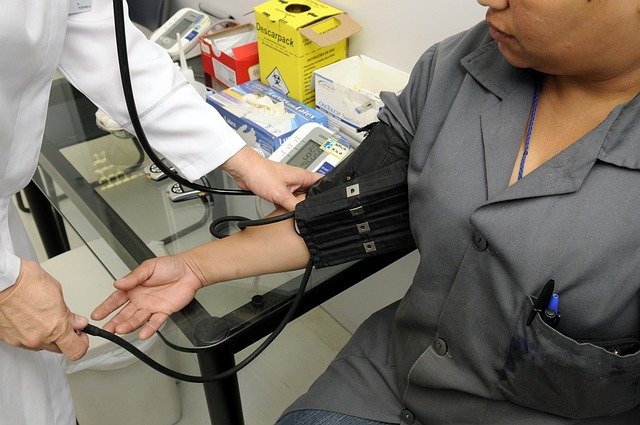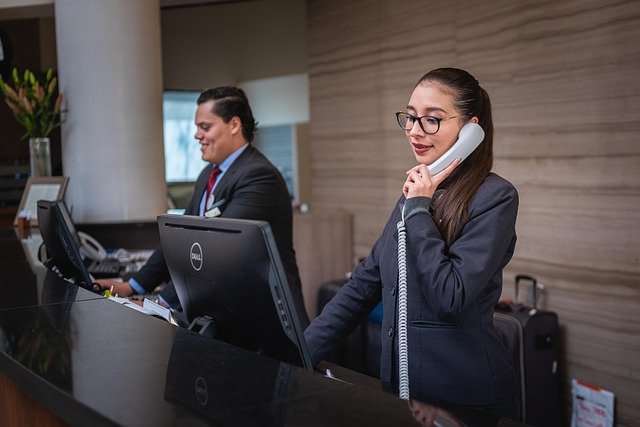Understanding Medical Assistant Roles in Japanese Healthcare Settings
Medical assistants support healthcare professionals by performing both administrative and clinical tasks in clinics and hospitals. Their responsibilities can range from scheduling appointments and managing patient records to assisting with basic medical procedures. This article provides a comprehensive overview of the types of medical assistant positions in Japan, key skills needed, and typical day-to-day responsibilities.

What does a medical assistant do in Japan?
Medical assistants in Japan, known as “医療事務” (iryō jimu) or “医療助手” (iryō joshu), serve multiple functions within healthcare facilities. Their primary responsibilities include administrative tasks such as patient registration, appointment scheduling, and insurance claim processing through Japan’s universal healthcare system. They also handle medical record management, ensuring compliance with Japan’s strict privacy regulations and documentation standards.
Additionally, medical assistants in Japan often perform clinical support duties, including preparing examination rooms, assisting with basic patient care, and managing medical supplies. The role requires familiarity with Japan’s unique healthcare insurance system, including the National Health Insurance (NHI) and Employee Health Insurance programs, which affects how services are billed and documented.
What skills are important for medical assistants?
Essential skills for medical assistants in Japan extend beyond traditional medical knowledge to include cultural competency and language proficiency. Fluency in Japanese is typically required, as most patient interactions occur in Japanese, and medical terminology must be understood in the local context. Computer literacy is crucial, as Japan’s healthcare system increasingly relies on electronic health records and digital appointment systems.
Interpersonal skills are particularly valued in Japanese healthcare settings, where omotenashi (hospitality) culture emphasizes respectful, attentive patient service. Medical assistants must demonstrate patience, empathy, and the ability to work harmoniously within hierarchical healthcare teams. Attention to detail is critical, especially when processing insurance claims and maintaining accurate patient records according to Japanese regulatory standards.
What are the typical responsibilities of medical assistants?
The typical responsibilities of medical assistants in Japan encompass both front-office and back-office functions. Front-office duties include greeting patients, managing reception areas, handling telephone communications, and processing patient registration forms. They coordinate appointments while considering Japan’s appointment-based system and help patients navigate insurance documentation requirements.
Back-office responsibilities involve supporting healthcare providers with patient care preparations, sterilizing instruments, and maintaining examination rooms. Medical assistants also handle billing procedures specific to Japan’s healthcare reimbursement system, including fee calculations based on government-regulated pricing structures. They may assist with basic diagnostic procedures, such as measuring vital signs or preparing patients for examinations, always under the supervision of licensed medical professionals.
Training and Certification Requirements
Medical assistant positions in Japan typically require completion of specialized training programs offered by vocational schools or medical institutions. These programs, usually lasting six months to two years, cover medical terminology, healthcare laws, insurance procedures, and basic clinical skills. While certification isn’t always mandatory, many employers prefer candidates with credentials from recognized medical assistant training programs.
Some medical assistants pursue additional certifications in specific areas such as medical coding, pharmacy assistance, or specialized clinical procedures. Continuing education is encouraged to stay current with changing healthcare regulations and technological advances in Japanese medical facilities.
Career Opportunities and Work Environment
Medical assistants in Japan work in diverse healthcare settings, including general hospitals, specialty clinics, dental offices, and pharmaceutical companies. The work environment varies significantly between large hospital systems and smaller private practices. Hospital-based positions often involve shift work and may require weekend availability, while clinic positions typically follow standard business hours.
Career advancement opportunities include specialization in areas such as medical coding, patient coordination, or healthcare administration. Some medical assistants transition into supervisory roles or pursue additional education to become nurses or other healthcare professionals. The aging Japanese population creates sustained demand for healthcare services, contributing to job stability in this field.
Disclaimer: This article is for informational purposes only and should not be considered medical advice. Please consult a qualified healthcare professional for personalized guidance and treatment.




